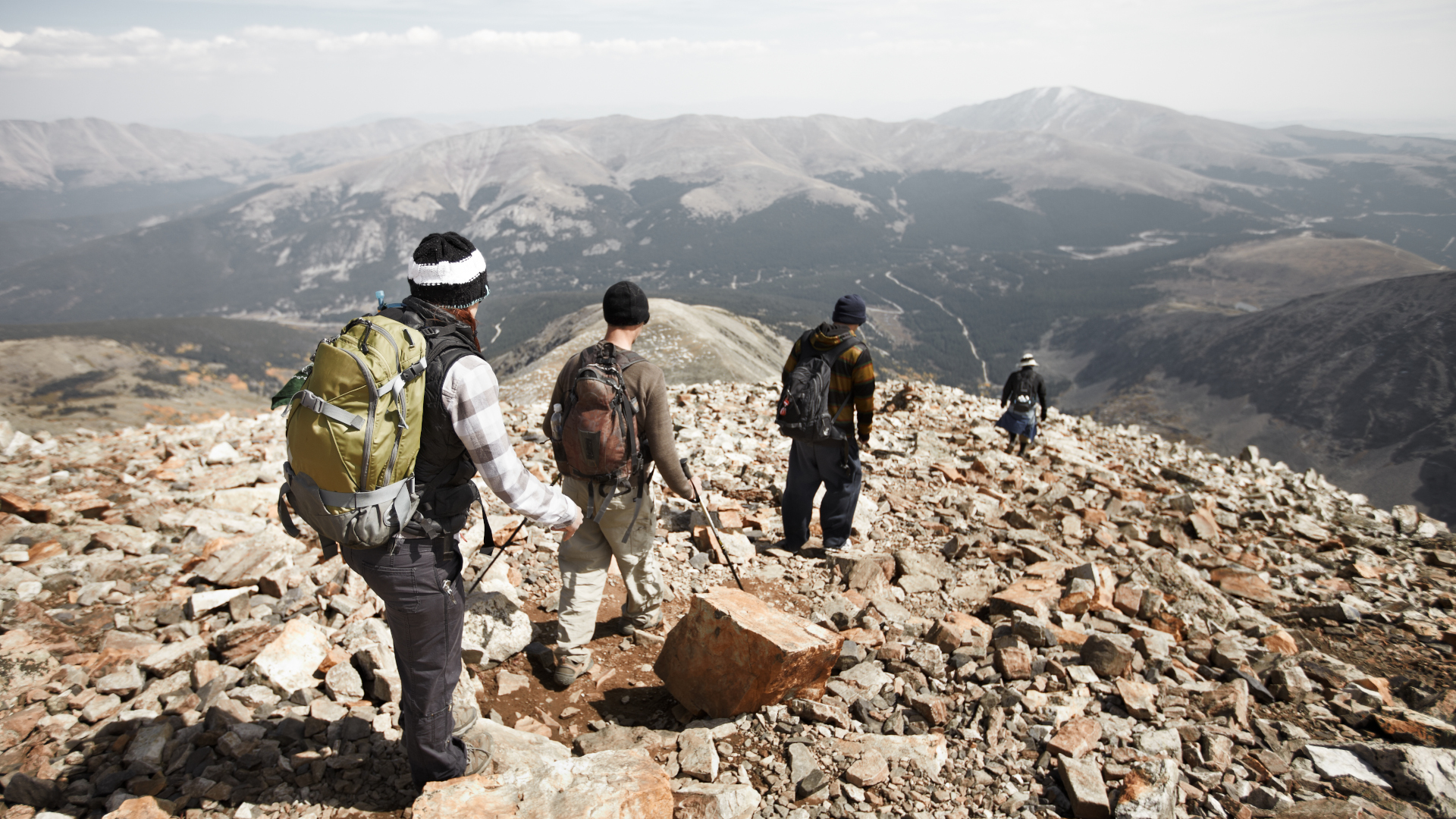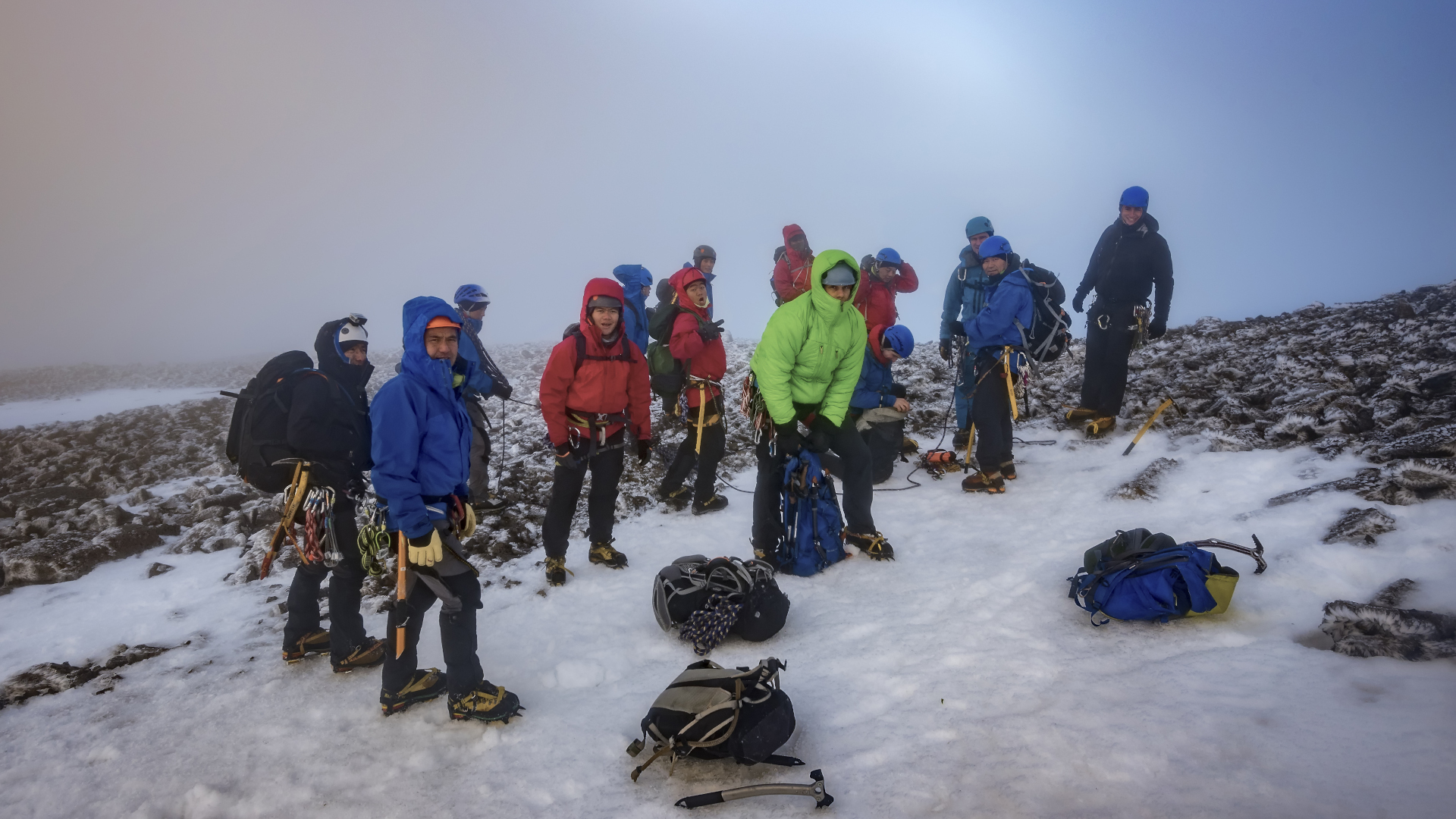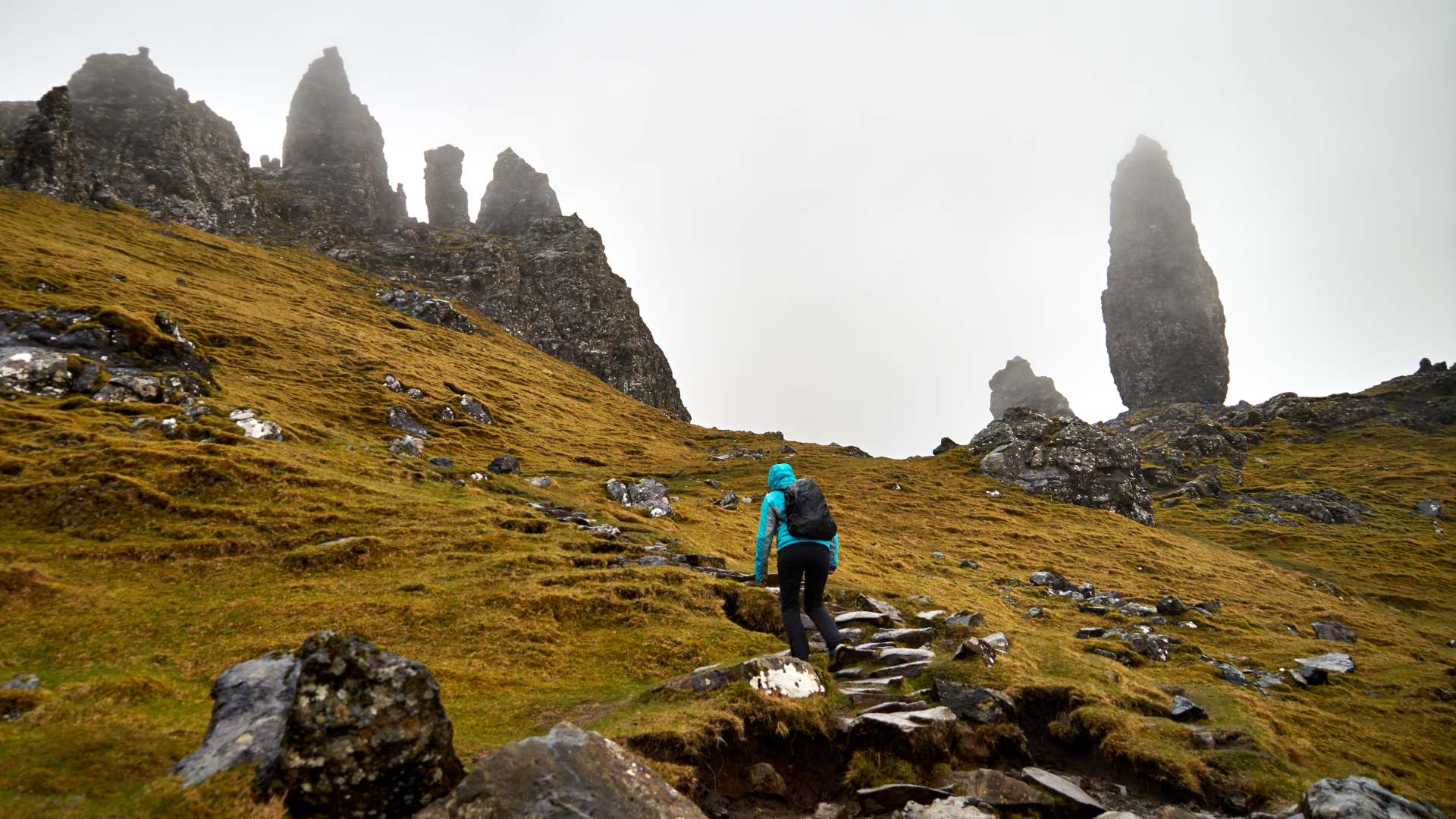The top risks of hiking? Being male and on your phone
Newly released data shows that men make up the vast majority of mountain fatalities, while experts agree that lack of navigation skills and misreading conditions are key risk factors

You might think that a sudden storm or a sprained ankle are the top reasons for things taking a nasty turn on a hike, but according to a top mountaineering expert, your biggest risk factor is actually being male. Following a slew of mountain rescues and fatalities in Scotland’s mountains this month, including 23 rescues in a single day on Ben Nevis, Heather Morning, chief instructor at Glenmore Lodge, Scotland’s national outdoor training centre, has spoken out about the biggest dangers of hiking.
“Virtually all fatalities on the Scottish mountains are men. Men over 60 are the demographic that get into difficulties,” Morning tells the Guardian, who analysed seven year’s worth of data which revealed women have made up only 10 out of 114 fatalities, despite not being an obvious minority on the mountains.

To explain the gender gap, Morning, who previously served as mountain safety advisor for Mountaineering Scotland, points to a common resistance to learning proper navigation skills among men in comparison to women, which she said accounts for approximately one quarter of all mountain rescues.
“You make generalisations about male and female attributes with regard to risk taking and obviously it doesn’t reflect everybody, but from the many years I’ve spent training people, guys tend to overestimate their ability and give things a go, and don’t think that they need formal skills training, whereas ladies tend to swing way the other way.”
Instead of learning important skills such as how to use a compass and how to read a map, which is especially fundamental to hiking in Scotland, Morning says that men are more likely to instead rely on their phones for navigation, a notoriously unreliable method due to inaccurate GPS readings and phone batteries dying in cold weather.

The lack of skills training among many men on the mountains also means they misinterpret or underestimate the dangers posed by the conditions. During spring hiking season, this means the freeze/thaw process of warm temperatures down low and freezing temperatures up high and overnight, increasing avalanche risk and creating icy conditions that require gear such as an ice axe and crampons even on warm spring days.
If you’re inexperienced and thinking about setting off for some higher peaks, consider guided hiking as well as skills training such as avalanche safety classes, and make sure you’re prepared with safety gear like a bothy bag to provide shelter in changeable spring conditions.
All the latest inspiration, tips and guides to help you plan your next Advnture!
Julia Clarke is a staff writer for Advnture.com and the author of the book Restorative Yoga for Beginners. She loves to explore mountains on foot, bike, skis and belay and then recover on the the yoga mat. Julia graduated with a degree in journalism in 2004 and spent eight years working as a radio presenter in Kansas City, Vermont, Boston and New York City before discovering the joys of the Rocky Mountains. She then detoured west to Colorado and enjoyed 11 years teaching yoga in Vail before returning to her hometown of Glasgow, Scotland in 2020 to focus on family and writing.

